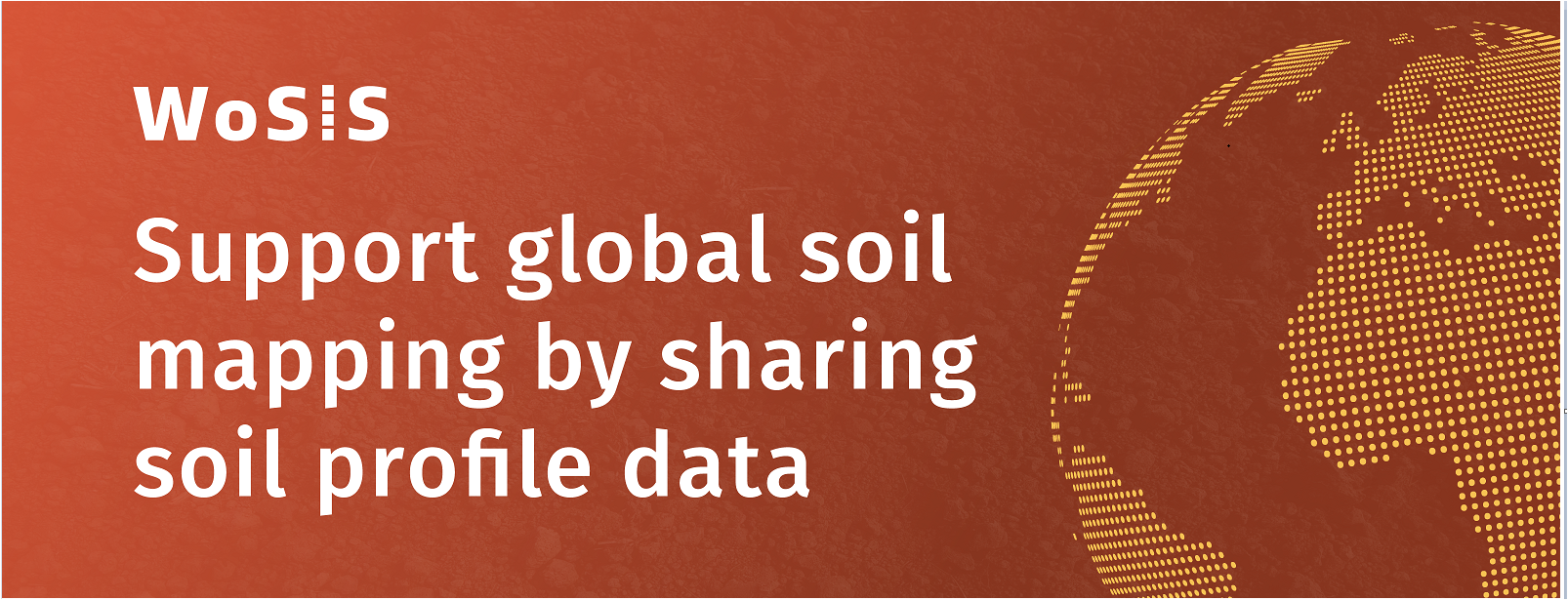Accessing WoSIS-derived datasets
Share on:

Information from this page has been incorporated in the WoSIS FAQ page (22/08/2024).
Contact:

Information from this page has been incorporated in the WoSIS FAQ page (22/08/2024).